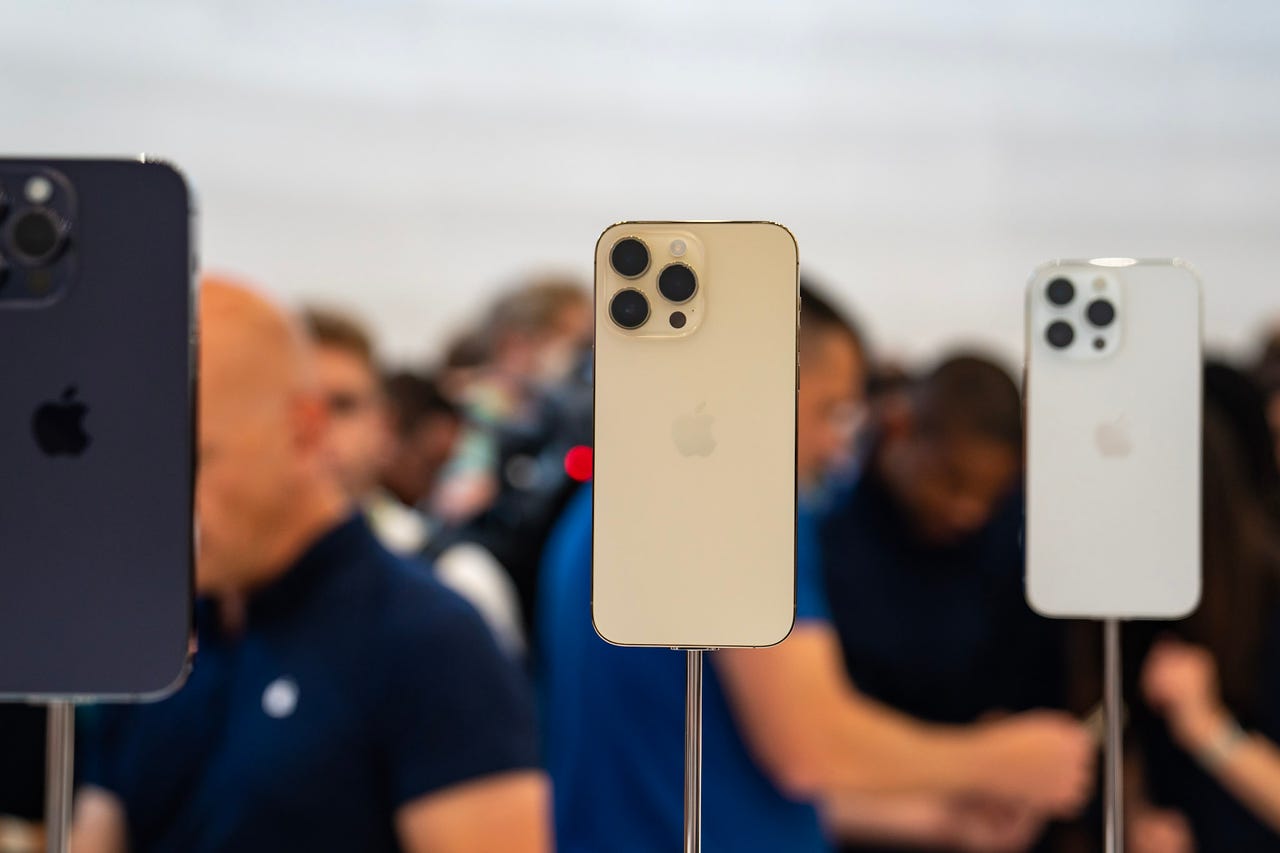'ZDNET Recommends': What exactly does it mean?
ZDNET's recommendations are based on many hours of testing, research, and comparison shopping. We gather data from the best available sources, including vendor and retailer listings as well as other relevant and independent reviews sites. And we pore over customer reviews to find out what matters to real people who already own and use the products and services we’re assessing.
When you click through from our site to a retailer and buy a product or service, we may earn affiliate commissions. This helps support our work, but does not affect what we cover or how, and it does not affect the price you pay. Neither ZDNET nor the author are compensated for these independent reviews. Indeed, we follow strict guidelines that ensure our editorial content is never influenced by advertisers.
ZDNET's editorial team writes on behalf of you, our reader. Our goal is to deliver the most accurate information and the most knowledgeable advice possible in order to help you make smarter buying decisions on tech gear and a wide array of products and services. Our editors thoroughly review and fact-check every article to ensure that our content meets the highest standards. If we have made an error or published misleading information, we will correct or clarify the article. If you see inaccuracies in our content, please report the mistake via this form.
Apple may be adding USB-C charging to older iPhones now, too

If Apple follows its traditional schedule, we should see a new iPhone in September. The iPhone 15 is poised to be Apple's first iPhone with USB-C charging capabilities. And while rumors and reports online offer solid evidence that the iPhone 15 will ditch the Lightning port, new information alludes to other iPhones following suit.
Also: Every product we're expecting at Apple's September event: iPhone 15 Pro, Watch Ultra 2, more
A post by X (formerly Twitter) user @aaronp613 shows that six unreleased iPhone models were in tvOS 17 beta code. Although four model numbers belong to iPhone 15 models, two iPhone models belong to iPhone 14 models, likely the iPhone 14 and iPhone 14 Plus, according to BGR.
The iPhone 14 Pro and iPhone Pro Max are expected to be discontinued by Apple after the release of the iPhone 15 and its variants. Typically, Apple ceases official production and distribution of the previous iteration's Pro models after a new iPhone is released to avoid hindering sales of the latest iPhone.
Should Apple offer iPhone 14 models with USB-C charging capabilities, it will be the first time Apple has changed the charging port of an already-released product. Apple debuted the Lightning connector in 2012 with the release of the iPhone 5.
Apple began experimenting with USB-C charging back in 2018 with the iPad Pro. Apple knew then that the clock was ticking on the Lightning cable and wanted to test the waters with consumers. Since then, all iPad models have used USB-C charging, but the iPad is the only Apple product to ditch the Lightning cable.
Also: The Apple products you shouldn't buy this month
Apple's use of the Lightning cable for all of the company's handheld devices was a revolutionary business decision. With the Lightning cable, users could effectively charge their Apple devices with a charger made only by Apple. Third-party Lightning cables can be faulty, forcing consumers to rely on Apple's $17 cord.
But for the last ten years, the European Union (EU) has been working to pass legislation requiring all consumer electronic devices to use the same charging port: USB-C. The legislation finally became law late last year, and all tech companies must comply by 2024 or risk banishment from the EU.
However, a $17 cord isn't what's keeping a $3 trillion company in business. The Lightning cable keeps Apple in control over its exclusive ecosystem, helps maintain its walled garden, and upholds its stake in Lightning cable licensing agreements.
To relinquish this control to a universal cable would be the antithesis of Apple's business model. Still, it's necessary to comply with the law, and not just in Europe. Apple's home state of California passed a law earlier this year that all consumer electronics must use USB-C charging by 2026.
It's also rumored that Apple will soon announce an AirPods Pro case with a USB-C charging port instead of a Lightning port, showing that the company is slowly phasing out a staple design feature.
Also: I ranked the best iOS 17 features from most useful to straight gimmicky
It's possible consumers may feel strange about switching from one charging port to another, as Apple's choice to remove the headphone jack is still a point of contention. But that didn't stop people from buying the iPhone 7.
There are still many steps for Apple to take before the Lightning port and cable become a relic in tech history. And although USB-C charging is standard for most headphones, smartphones, and other non-Apple devices, Apple users don't like when their Apple exclusivity is threatened.
Let's hope the USB-C port doesn't challenge that exclusivity.
